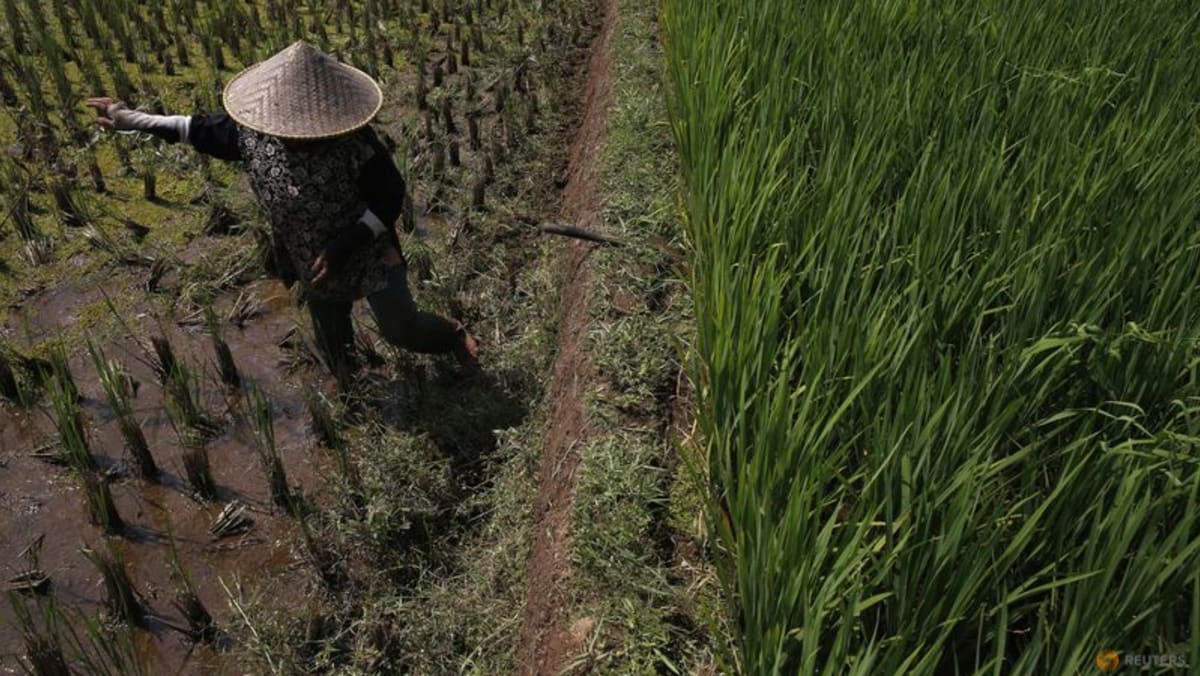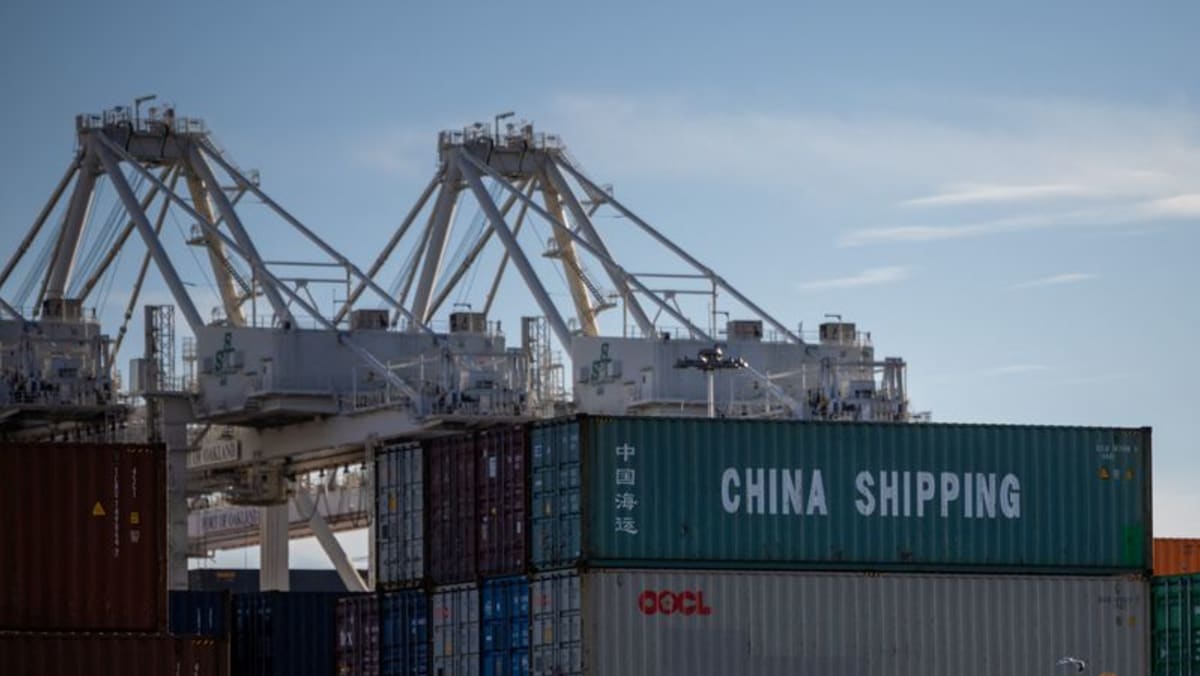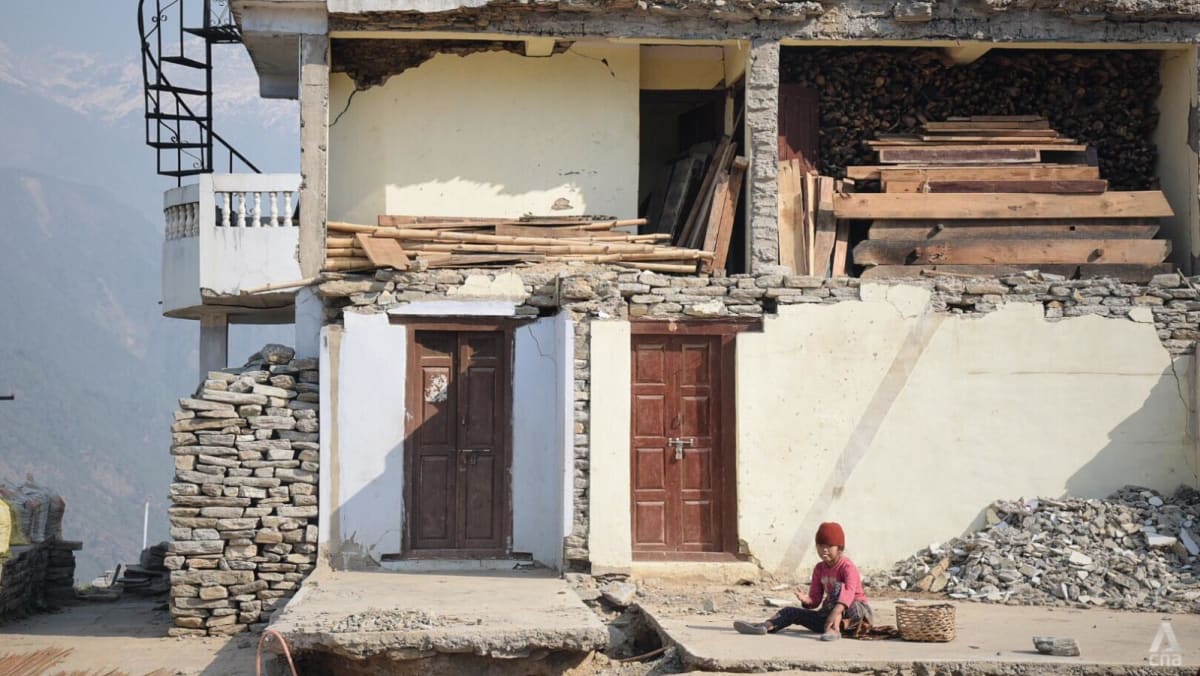Indonesia to prepare 500,000 hectares for rice crops amid El Nino phenomenon

This is not the country’s first ambitious agricultural project. An ongoing food estate project which kicked off in 2020, is expected to cover 770,000 hectares or more than 10 times the size of Singapore, according to Reuters. The project is aimed at curbing reliance on food imports.
It echoes the Mega Rice Project of the mid-1990s which sought to turn one million hectares of land into paddy fields in Central Kalimantan but failed due to the ill-suited peatland.
According to Tempo, Mr Syahrul claimed to have mapped the worst impacts on rice stock in Indonesia during the peak of El Nino from August to September this year.
“We have anticipated around 300,000 tonnes to 1,200,000 tonnes of rice production deficit,” said Mr Syahrul.
However, with the additional 500,000 hectares for rice production, he said that he is optimistic about controlling the effects of El Nino on national food stocks, especially rice.
According to Tempo, citing the Agriculture Ministry, the price and stock of rice is currently sustained.
Mr Syahrul reportedly said that until September 2023, the government will still have 2.7 million tonnes of rice stock.
“Every month, harvesting 800,000 hectares of rice fields will sufficiently fulfil our need for around 2,000,000 tonnes of rice,” he said.
In a webinar on Wednesday, a food observer from the Indonesian Political Economy Association (AEPI) explained that rice was chosen as a food reserve in the face of severe weather threats as it has a very strong dominance.
“Rice is a food whose participation rate is 100 per cent, from Sabang (Aceh) to Serui (Papua) depends on rice,” Mr Khudori, who goes by one name, was quoted as saying by Kompas.
On Jul 12, Mr Syahrul said that the boosted production in the 500,000 hectares is predicted to produce dry grain products of around 3 million tons, which is equivalent to approximately 1.5 million tons of rice, according to state news agency Antara.
Meanwhile, in anticipation of food shortages caused by any El Nino-induced drought, Trade Minister Zulkifli Hasan reportedly said on Jul 27 that the central government has allocated more than 8 trillion rupiah (US$526.8 million) of public assistance to control prices.
Like Indonesia, other countries in the region are attempting to cope with the effects of the El Nino weather pattern.
In Malaysia, farmers are employing strategies like installing UV-resistant plastic sheets over the crops to mitigate the impact of lower crop yield due to the soaring heat.
Countries in Southeast Asia are also gearing up for a higher risk of transboundary haze in the coming months, in what has become an almost annual affair in the region.
In the Philippines, President Ferdinand Marcos Jr, also the agriculture secretary, had in June reportedly directed all government agencies to implement water conservation measures in light of the looming long dry spell due to El Nino.
Meanwhile, the World Health Organization announced that it was preparing for an increased spread of viral diseases such as dengue, Zika and chikungunya linked to El Nino.
“We can reasonably expect even an increase in infectious diseases because of the temperature,” Maria Neira, Director for Environment, Climate Change and Health at WHO, told reporters in June.
Source: CNA












.jpg?itok=WfyDEwOv)


